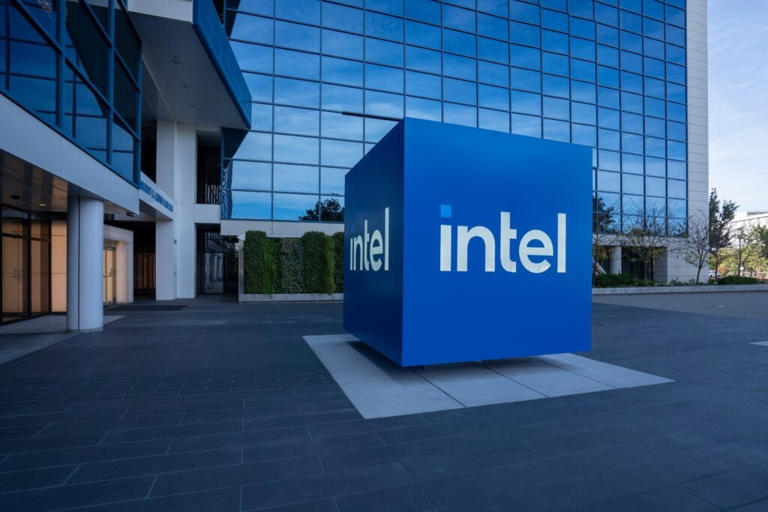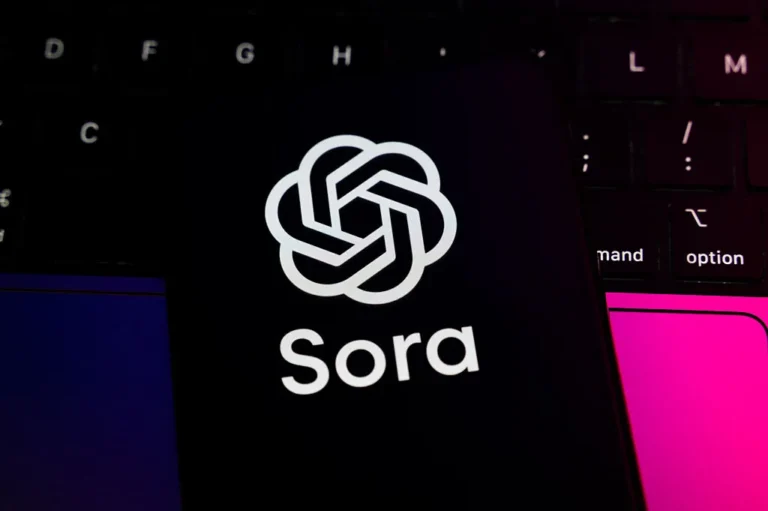
In a remarkable turnaround, Intel’s stock has soared by 50% over the past month, marking one of the strongest rallies in the semiconductor industry this year. The surge has pushed the U.S. government’s stake in the chipmaker to nearly $16 billion, underscoring Intel’s critical role in America’s technological and economic future.
This massive growth comes amid renewed optimism about AI-driven chip demand, government-backed semiconductor funding, and Intel’s aggressive roadmap to reclaim leadership in the chip manufacturing sector.
Intel’s Strong Performance in the Semiconductor Market
The semiconductor industry has been at the center of global attention for years, and Intel’s resurgence is proof that it’s still a powerhouse. Over the last 30 days, Intel’s stock (NASDAQ: INTC) rose from around $33 to over $50, driven by strong investor sentiment and a wave of institutional buying.
Several key factors contributed to this dramatic increase:
- AI chip momentum: Investors are betting big on Intel’s push into AI-optimized processors, which are crucial for data centers and machine learning systems.
- Government funding: The U.S. CHIPS and Science Act continues to channel billions into semiconductor production, directly benefiting Intel’s U.S.-based facilities.
- Foundry expansion: Intel’s bold “IDM 2.0” strategy—to become a global leader in contract chip manufacturing—is beginning to pay off.
Intel’s Role in the U.S. Semiconductor Strategy
The U.S. government’s stake in Intel—now worth approximately $16 billion—reflects the company’s importance to national interests. Intel isn’t just another tech stock; it’s a strategic pillar in America’s plan to regain semiconductor independence and reduce reliance on Asian manufacturing.
Under the CHIPS Act, Intel has received substantial federal support to expand its manufacturing plants in Arizona, Ohio, and Oregon. These projects aim to restore the U.S. as a leader in chip fabrication, creating tens of thousands of jobs while reinforcing supply chain resilience.
With growing geopolitical tensions and AI adoption accelerating, Intel is positioned as both a technological innovator and a national security asset.
AI and Innovation Drive Intel’s Growth
Intel’s rise isn’t just about government support—it’s about innovation. The company has unveiled several next-generation chip architectures aimed at powering AI workloads, cloud computing, and autonomous technologies.
Among its standout innovations are:
- Intel Gaudi 3 AI accelerator: Competing directly with NVIDIA’s H100 and AMD’s MI300, designed to optimize deep learning performance.
- Intel Core Ultra processors: Aimed at the growing AI PC market, enabling on-device machine learning capabilities.
- Intel Foundry Services (IFS): A new division offering advanced manufacturing for external chip designers, including AI startups and enterprise clients.
These initiatives have drawn positive analyst attention, fueling the belief that Intel could re-emerge as a serious contender in the AI hardware space.

Investor Confidence and Market Outlook
Investors have renewed confidence in Intel’s turnaround strategy. Wall Street analysts, who once downgraded Intel amid delays in chip manufacturing, are now revising their targets upward.
According to reports from major investment firms, Intel’s price target could reach $60–65 if it maintains its current pace of AI product innovation and profitability improvements.
The stock’s performance also indicates that investor sentiment has shifted—from viewing Intel as a laggard to recognizing it as a revitalized growth story in the semiconductor boom.
Global Semiconductor Competition
Intel’s rally also reflects broader market dynamics in the global semiconductor race. With AI chips now driving record demand, companies like NVIDIA, AMD, and TSMC have dominated headlines. But Intel’s renewed push toward advanced nodes and its U.S.-centric manufacturing model offer a compelling alternative.
The company’s strategic alignment with government initiatives also makes it less vulnerable to export restrictions and supply chain disruptions, which have affected its competitors in Asia.
Challenges Ahead for Intel
Despite its remarkable recovery, Intel still faces challenges. It must overcome:
- Manufacturing yield improvements at advanced process nodes (Intel 3 and Intel 20A).
- Fierce competition from NVIDIA’s dominance in AI computing.
- Execution risks tied to large-scale foundry investments.
However, CEO Pat Gelsinger’s leadership has been widely praised for restoring discipline, focus, and innovation across the company.
Learn more about Intel’s semiconductor advancements at Intel Newsroom.
The Road Ahead for Intel
Intel’s strong comeback in the stock market is a testament to the company’s resilience and strategic transformation. With AI reshaping industries from healthcare to defense, Intel’s technological foundation and national importance position it to thrive in the coming decade.
If the company continues to execute its vision—balancing AI innovation, foundry expansion, and U.S. manufacturing leadership—Intel may not just sustain this rally but emerge as the flagbearer of America’s semiconductor renaissance.
Conclusion
Intel’s 50% stock surge represents more than financial momentum—it’s a signal that global investors believe in the company’s new direction. With a $16 billion U.S. stake, AI-driven innovation, and a clear manufacturing roadmap, Intel is not only back in the game but shaping the next era of American chipmaking leadership.



